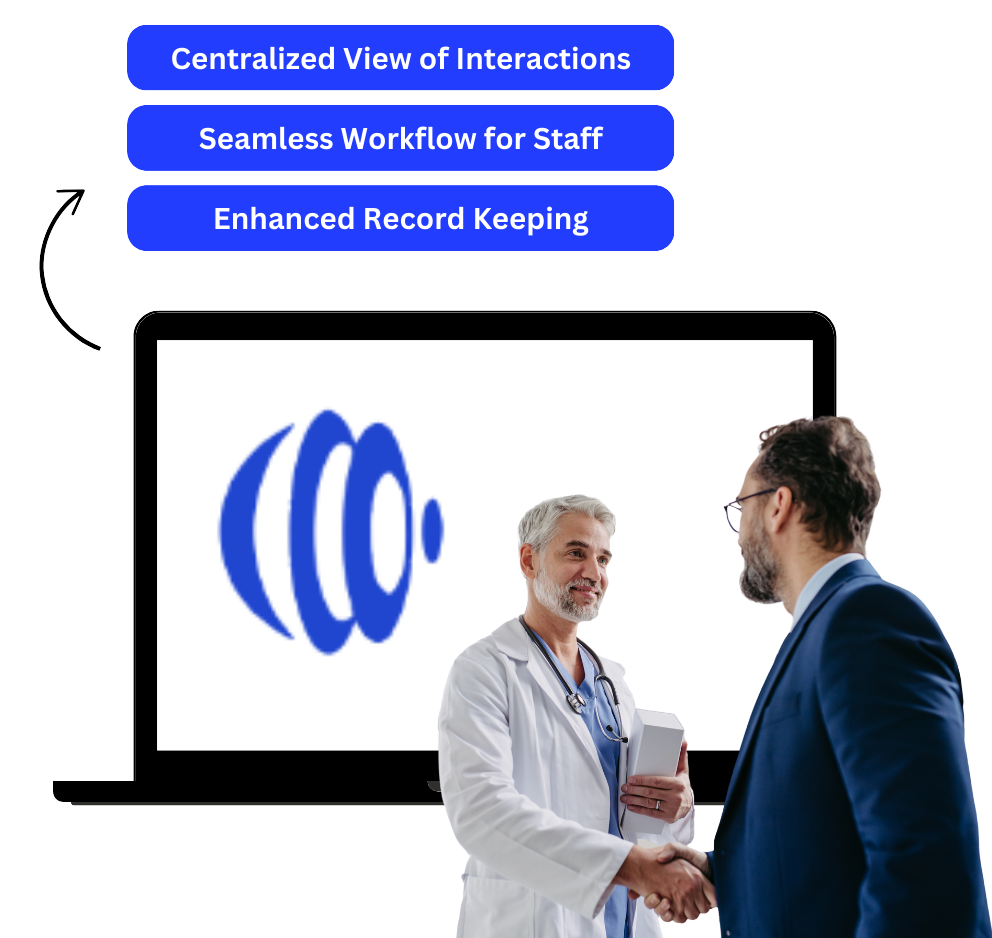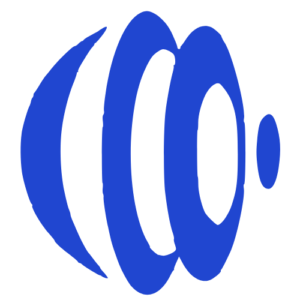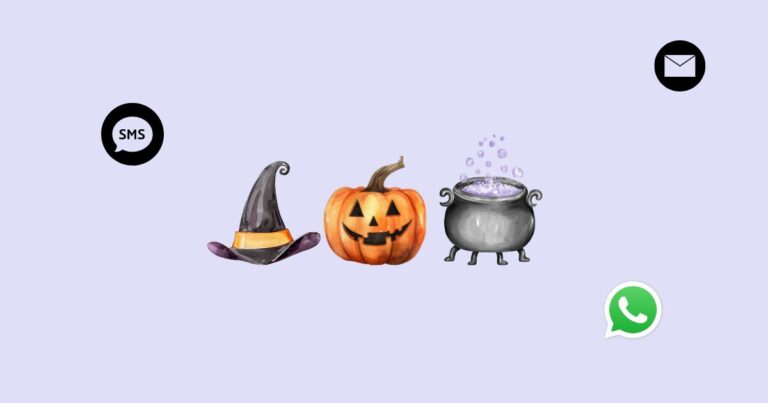In the healthcare industry, effective and timely communication is essential to ensuring positive patient experiences and efficient operations. Patients rely on accurate and up-to-date information for appointments, health updates, and ongoing support, making communication a cornerstone of quality care. However, many healthcare providers still use separate systems for SMS, email, and calls, leading to a fragmented experience and potential lapses in patient engagement. Unified messaging platforms offers a solution by consolidating healthcare communication channels into one platform, allowing providers to manage all patient interactions in a seamless, organized way.
In this blog, we’ll explore how unified messaging can revolutionize patient engagement, reduce missed appointments, and streamline healthcare communication.
The Challenges in Healthcare Communication
Healthcare providers face unique communication challenges, including:

- High No-Show Rates: Missed appointments can disrupt scheduling, waste resources, and negatively impact revenue.
- Fragmented Channels: Many providers rely on separate platforms for different communication methods (SMS for reminders, email for follow-ups, etc.), leading to potential miscommunication and added complexity for staff.
- Limited Patient Engagement: Fragmented systems can make it difficult for patients to stay informed, reducing their sense of connection to their healthcare providers.
These challenges highlight the need for a more efficient and patient-friendly solution.
How Unified Messaging Platforms Can Help In Healthcare Communication
Unified messaging platforms offer features specifically designed to minimize no-shows and increase patient engagement and healthcare communication. Here’s how it works:
1. SMS: Quick and Reliable Appointment Reminders
- Timely Reminders: SMS is ideal for sending quick appointment reminders, reducing no-show rates by ensuring patients don’t forget their scheduled times.
- Convenience: Patients can easily respond to confirm or reschedule their appointments, allowing for seamless communication with minimal wait times.
- Urgent Alerts: SMS is also perfect for sending urgent alerts, such as last-minute changes in appointment times or clinic closures.
2. WhatsApp: Personalized Patient Engagement
- Patient-Friendly Communication: WhatsApp is widely used and familiar, making it a convenient way for patients to reach out with questions or updates.
- Two-Way Messaging: WhatsApp supports real-time, two-way conversations, allowing patients to engage with providers more naturally, which can be useful for follow-ups or quick inquiries.
- Rich Media Sharing: Providers can send images, PDFs, and even video messages for additional guidance, which is particularly useful for sharing post-appointment care instructions or test results securely.
3. Email: Detailed Information and Documentation
- Comprehensive Updates: Emails are best for sending detailed information, like appointment confirmations, care plans, or billing information, that patients may need to refer back to.
- Privacy and Security: Email can provide a secure channel for sharing more sensitive health information and detailed reports.
- Promotional Messaging: Email also allows for sending updates about new services, health awareness tips, or seasonal reminders (e.g., flu shot availability), fostering ongoing engagement.
4. Live Chat: Immediate Assistance and Support
- Instant Support: With live chat, patients can receive immediate answers to general inquiries, reducing the need for phone calls and minimizing wait times.
- 24/7 Availability: Many healthcare providers use live chat with chatbot capabilities to offer round-the-clock support for common questions, increasing patient satisfaction.
5. Phone Calls: Personalized and Detailed Consultations
- Direct Interaction: Calls are essential for complex conversations that require a personal touch, like discussing test results or providing in-depth medical advice.
- Patient Check-Ins: Phone calls allow healthcare providers to check in on patients post-appointment, ensuring they’re following care instructions and addressing any concerns directly.
- Immediate Rescheduling Assistance: Calls make it easy to manage last-minute changes or cancellations, offering patients an option to connect immediately for rescheduling or follow-up support.
CRM Messaging’s Unified Dashboard: Bringing It All Together

- Centralized View of Patient Interactions: A unified dashboard allows providers to see the entire communication history across all channels, providing context.
- Seamless Workflow for Staff: Staff can switch between channels easily, ensuring they respond to patients promptly and without missing any messages.
- Enhanced Efficiency and Record Keeping: All interactions are stored in one place, making it easier to keep accurate records and retrieve information when needed.
Conclusion
By consolidating channels such as SMS, WhatsApp, email, live chat, and calls into one unified platform, healthcare providers can reduce missed appointments, boost patient satisfaction, and foster stronger patient relationships. As the healthcare communication shifts toward digital-first, patient-centered ways, adopting a unified messaging system is essential for providers aiming to deliver high-quality care in a streamlined manner.
CRM Messaging offers an all-in-one solution tailored to the needs of healthcare providers, enabling seamless integration of multiple communication channels. With CRM Messaging, providers can manage every patient interaction from a single platform, helping them stay organized, respond faster, and deliver a cohesive patient experience. Whether it’s appointment reminders, follow-up messages, or real-time support, CRM Messaging equips healthcare providers with the tools they need to thrive in today’s digital landscape. Get in touch with our experts to learn more today: Click here to book a free demo!


